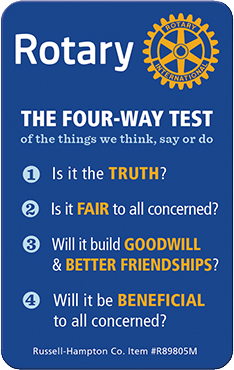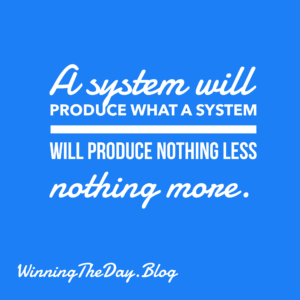The headline from Altos Research for the week ending October 26 is a National Market Action Index (MAI) of 34, signaling a “Slight Seller’s Advantage.” This metric, which compares the rate of sales to inventory, is stable from the prior week. Note – the links included below update in real time, so at the time you review a link provided they will likely differ from this one snapshot in time.
However, a closer look at the data for the nation’s key markets reveals that this “advantage” is anything but uniform, especially when you factor in price. The National Median List Price is $439,900, yet a 42% of all listings have seen a price reduction. This is the clearest indication that buyers are actively resisting inflated prices, forcing sellers to adjust their expectations.
Here’s a concise breakdown of four major states and how their metrics are shaping the U.S. market:
| Location | Market Action Index (MAI) | Median List Price | Inventory Units | % of Listings with Price Reductions |
|---|---|---|---|---|
| National, USA | 34 (Slight Seller’s) | $439,900 | 859,419 | 42% |
| California, CA | 38 (Slight Seller’s) | $775,000 | 55,849 | 36% |
| New York, NY | 38 (Slight Seller’s) | $599,000 | 22,400 | 32% |
| Florida, FL | 31 (Balanced) | $484,500 | 96,623 | 44% |
| Texas, TX | 30 (Balanced) | $375,000 | 137,384 | 44% |
1. The High-Pressure Seller’s Fortress: NY and CA
Markets with the strongest seller leverage (MAI 38) are those with the tightest inventory.
- New York is the most extreme example. With the smallest available inventory (22,400 units) and the lowest percentage of price cuts (32%), competition is still intense. The sheer lack of supply means sellers have a dominant position, despite a $599,000 median list price.
- California is similar, with a high MAI of 38 and an even steeper median price of $775,000. Listings are moving fast, with a Median Days on Market of just 70 days, well below the national average of 113 days.
2. The Buyer’s Opening: Texas and Florida
Texas and Florida are the best representations of the market softening, with MAIs indicating a balanced market with no significant advantage to buyer or seller.
- Texas (MAI 30) offers the most affordability in this group, with a median list price of $375,000. More importantly, it shares the highest price reduction percentage at 44%. This is the market where overpricing is being punished the fastest.
- Florida (MAI 31) also sees 44% of its listings cutting price. Its high Average Days on Market (139 days) is the highest of all regions profiled and signals a much slower pace of sales, putting pressure on sellers.
Market Insights for Real Estate Professionals and Investors
Real Estate Agent Insight
Your Focus: Accurate Pricing and Inventory Generation
- For Seller Clients: The national 42% price reduction rate is your essential presentation slide. In Texas and Florida (44% reductions), this is a non-negotiable conversation. Do not overprice. Your goal is to price at the market’s leading edge to avoid the longer days on market (DOM) and the inevitable price cut that follows. Focus on the Median Price of New Listings as the most relevant comparable for new-to-market properties.
- For Buyer Clients: The high DOM in Florida (139 days) and Texas (126 days) represents a strategic opportunity. Target homes with price reductions and higher DOM for increased negotiating power. In high-MAI markets like NY and CA, your buyers need to be pre-approved, ready for competition, and focused on homes that have already passed their Median DOM (70 days in CA, 63 days in NY).
Team Leader and Broker Owner Insight
Your Strategy: Recruitment, Retention, and Training
- Training Focus: Shift your training away from “bidding wars” to “pricing consultations.” Your agents need to master the data, specifically the MAI, Price Reductions, and DOM, to win listings. The 44% reduction rate in Texas and Florida is a liability for ill-prepared agents.
- Recruitment/Retention: The fragmentation of the market (NY vs. TX) means a hyper-localized skill set is crucial. Agents succeeding in Texas (selling affordability) will need different training than those in New York (managing scarcity). Provide data-driven tools, like the full Altos reports, to help your agents prove their local expertise against the national narrative.
Investor Insight
Your Target: Cash Flow vs. Appreciation
- Cash Flow (TX & FL): These markets are rapidly normalizing, with inventory and price cuts giving investors a chance to enter at better values. With high price reduction rates (44%) and lower list prices $375,000 in Texas), look for opportunities to negotiate aggressively for properties that have been on the market for over 100 days.
- Appreciation (CA & NY): These markets are too expensive for most new investors, but they remain high-barrier-to-entry, high-appreciation zones due to chronic under-supply. The extremely high Median Rent in New York ($4,700) indicates strong rental demand and potential for premium rental income for those who can afford the initial purchase price.






